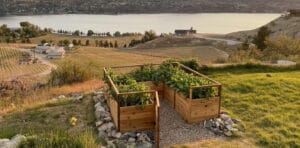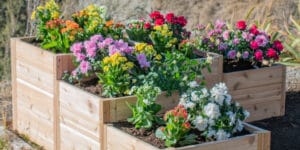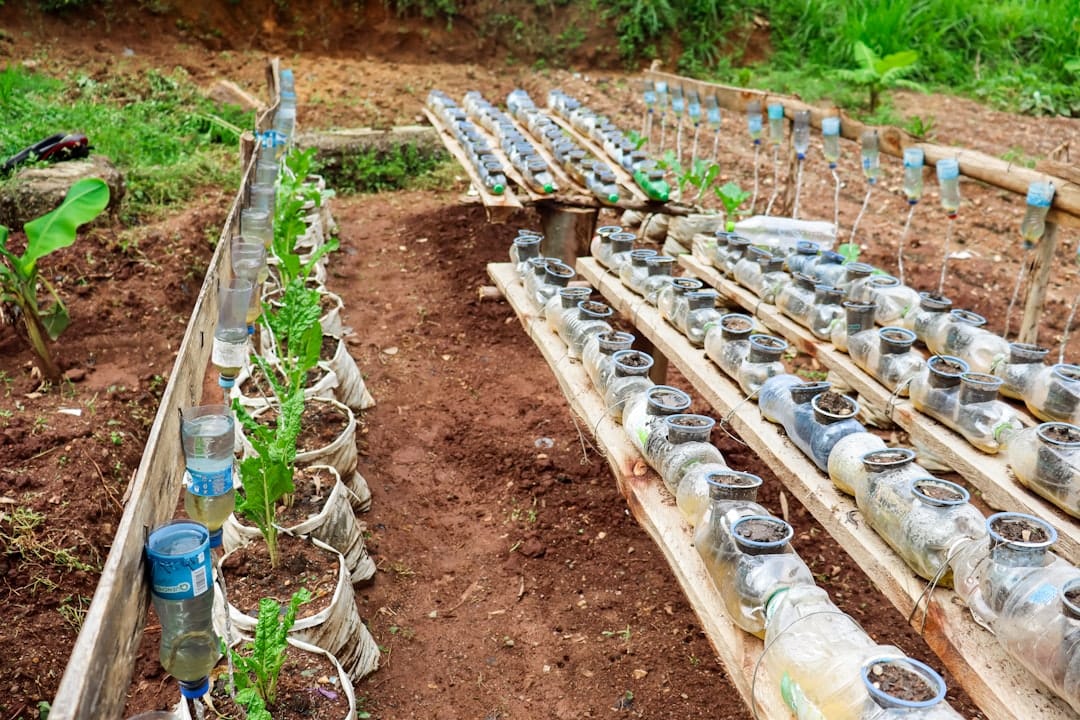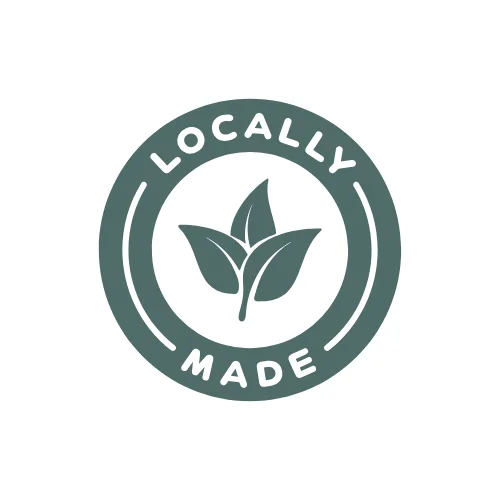Thoughtful garden planning that turns any backyard into a productive growing space.
Growing your own vegetables is one of the most rewarding ways to use your outdoor space. Beyond fresh, homegrown food, a backyard vegetable garden encourages healthier eating, reduces grocery costs, and creates a deeper connection to your yard.
While getting started can be simple, a successful vegetable garden depends on smart planning, efficient use of space, and good growing habits. With the right approach, even small backyards can produce abundant harvests season after season.
In this guide, we’ll cover:
✓ how to make the best use of your garden space
✓ smarter alternatives to traditional row planting
✓ ways to grow more using vertical supports
✓ why crop rotation matters for long-term soil health
Make the Best Use of Your Space
The location and layout of your vegetable garden play a major role in its success. Sun exposure, access to water, and protection from wind all influence how well plants grow, but maximizing usable space is just as important.
Many gardeners imagine large, sprawling plots, but compact and well-planned gardens are often more productive. Raised beds are especially effective for beginners because they improve drainage, reduce soil compaction, and make planting and maintenance easier. By focusing on intentional layout rather than size, you can grow more in less space.



Move Away From Traditional Rows
Traditional row planting works well for large-scale farming but is often inefficient for backyard gardens. Rows require wide walkways, which reduce the amount of space available for growing food.
By switching to raised beds or intensive planting layouts, you reduce the need for excess paths and create more growing area. This approach also improves soil health by limiting foot traffic and allows plants to shade the soil, helping retain moisture and suppress weeds.

Grow Vertically With Trellising
Trellising is one of the most effective ways to increase yields in small gardens. Vertical supports allow vining crops like peas, beans, cucumbers, and tomatoes to grow upward instead of spreading across the ground.
Growing vertically improves airflow, reduces disease risk, and makes harvesting easier. Trellises can be made from wood, metal, or even existing fences, as long as they are installed early and securely to support plants as they grow.
Rotate Crops to Protect Your Soil
Planting the same vegetables in the same location year after year can drain soil nutrients and increase the risk of pests and disease. Crop rotation helps prevent this by changing plant families each season.
Rotating crops every few years supports healthier soil, balances nutrient use, and disrupts pest cycles. Keeping a simple garden plan or journal makes it easier to track what was planted where and improves results over time.




